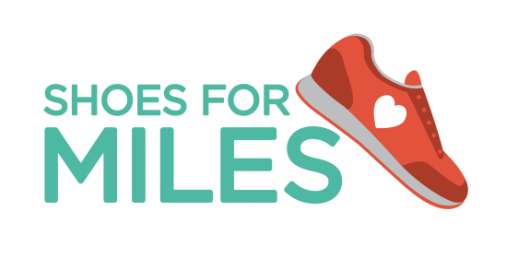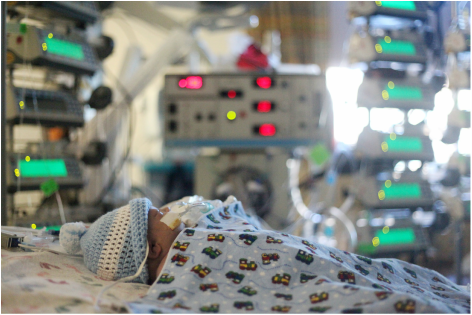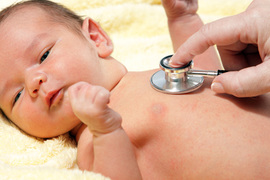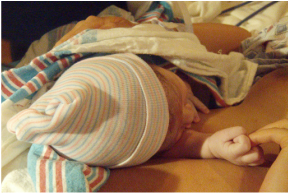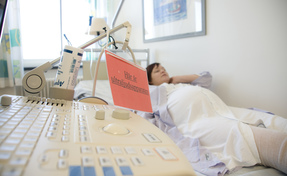Congenital heart defects
|
Every 15 minutes, a baby is born with congenital heart disease, the most common birth defect and leading cause of birth defect related infant death. Even for those who receive successful intervention, it is not a cure. Children and adults with CHD require ongoing, costly, specialized cardiac care and face a lifelong risk of permanent disability and premature death. More research and federal investment is needed to better understand CHD at every age, improve outcomes, and reduce costs.
Resources: Children's Heart Foundation March of Dimes American Heart Association Centers for Disease Control & Prevention STAR-G Project |
What are CHDs?
CHDs are problems with the heart's structure or blood flow through the heart that are present before birth. There are many different types of CHDs, ranging from those that pose a relatively small threat to a child's health to those that require immediate surgery.
CHD facts
|
CHD indicators
Symptoms range from moderate to severe. They can cause minor problems in some newborns and more serious health problems in others. Some babies may appear healthy for the first weeks of life and only later begin to show symptoms that require emergency care. This is because infant hearts work differently before birth compared to after birth when they become fully dependent on the lungs. Things to look for:
|
Early detection
Early detection is important. Be prepared to ask questions during your 20-week anatomy scan to be sure your baby's heart is developing properly:
|
